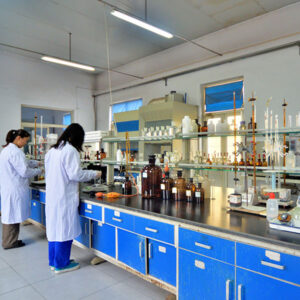Sodium Lauryl Sulfate (SLS) at 94% purity, often referred to as SLS94, is commonly used in the formulation of shower gels due to its effectiveness as a surfactant. In the context of shower gel, SLS94 plays several important roles:
1. Cleansing Agent: SLS94’s primary role in shower gels is as a cleansing agent. Its surfactant properties allow it to reduce the surface tension of water, which helps water mix with oil and dirt on the skin, so these can be rinsed away, leaving the skin clean.
2. Foaming Agent: SLS94 is responsible for the production of lather. It creates a rich foam that users typically associate with the cleaning action of the gel. This foam can make the cleansing process more enjoyable and the product more satisfying to use.
3. Emulsifier: It emulsifies the oils and dirt on the skin, making them easier to remove. SLS94 allows for the combination of oil-based and water-based ingredients in the product, which contribute to its cleansing properties.
4. Thickening Agent: SLS94 can contribute to the consistency of shower gel, providing a desired thickness and viscosity that consumers expect from high-quality personal care products.
5. Dissolving Agent: It helps dissolve the other ingredients in the shower gel, such as fragrances and essential oils, ensuring that they are evenly distributed throughout the product.
Despite its widespread use and effectiveness, there are potential drawbacks to using SLS94 in shower gel formulations. SLS can be somewhat drying to the skin and may cause irritation in individuals with sensitive skin. Because of these concerns, many manufacturers of personal care products have begun to offer SLS-free formulations that use alternative surfactants perceived to be gentler on the skin. These alternatives seek to balance the need for cleansing power with the demand for skin-friendly ingredients.










